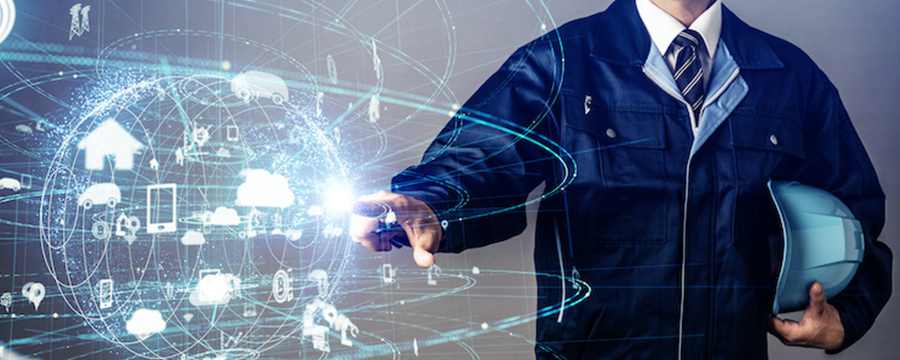

Breadcrumb navigation
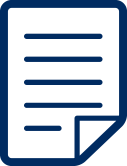 Table of Contents
Table of Contents
Office and factory security measures can be divided into two categories: external attacks and intrusions and internal fraud. To prevent these types of fraud, it is effective to use facial recognition systems for access control, PC logon management, and access restrictions. It is important to start small and take measures for high-priority issues first.
1. Ten Office/Factory Security Measures!
Many of you may have wondered, “Is my company's security measure perfect?"
Many of you may have wondered this question. In fact, in our highly information-oriented society, even the theft of a single PC can lead to a catastrophe. In today's world of smart factories, the enemy comes not only through physical intrusion, but also through the Internet. Many people do not know where to start taking countermeasures. In this session, we will discuss the theme of “Security Measures for Offices and Factories,” explaining why security is necessary for offices and factories, and providing examples of security measures in an easy-to-understand manner.

2. Why are Office/Factory Security Measures Necessary?
In offices and factories, the reasons for being targeted by criminals lie in the “location” and the “assets” being handled. First, we will explain why security measures are necessary for offices and factories.
(1) Offices
There are two major reasons why offices are vulnerable to theft. One is the location and structure of the office. Business districts lined with office buildings are crowded with people during the daytime on weekdays, but are very deserted at night and on holidays. Therefore, if someone breaks into a building at night, there is little chance of being noticed, making it an easy target for thieves. In addition, in office buildings with many tenants, anyone can enter through the common entrance. If the entrance is not secured properly, it is possible for an outsider to sneak into the office area and infiltrate the office with the employees. The office is then too vulnerable. Another reason is that offices contain many valuable assets. It is not just cash, checks, stock certificates, and other money. Nowadays, all kinds of information are subject to theft, including employees' personal information, customer information, confidential business manuals, and confidential data stored on PCs. If such confidential information falls into the hands of a malicious third party, the company loses public trust and, in the worst case, may face legal action. It is no exaggeration to say that a company's credibility depends on its security measures.
Bio-IDiom KAOATO, the face recognition package software, helps customers working in offices solve problems such as “looking for a new access control system for a new office or relocation,” “wanting a highly secure and easy-to-use system for employees,” and “wanting to register time and attendance at the same time of authentication. Click here to see examples of facial recognition applications in offices.Click here to see examples of facial recognition applications in offices.
(2) Factories
There are two reasons why factories need security measures. The first is the impact of an intrusion from the outside. For example, what would happen if an outsider broke into a factory that handles food products and contaminated it with a foreign substance? It would be a major social problem, and the damage could amount to tens or hundreds of millions of yen. What would happen if highly toxic chemicals were stolen from a chemical factory? The chemicals could be used as tools to commit a crime and trigger another incident. Another characteristic of factories is that they are prone to secondary damage due to break-ins.The second is that factories are becoming smarter and smarter, so that every machine and piece of equipment in a factory is at risk of cyber-terrorism. It is now commonplace for factory production equipment to be connected to the Internet via IoT and to be operated and managed remotely. At the same time, the possibility of being targeted by malicious viruses and software (malware) via the Internet is increasing. If a virus should infect a facility and cause the leakage of confidential information or the shutdown of facilities, the damage is immeasurable. The increasing number of routes to be targeted by criminals is another reason why security measures are required.
Bio-IDiom KAOATO, a face recognition package software, helps manufacturers solve problems such as, “We have a problem with an environment where unqualified people can work on tasks that require qualifications, such as quality inspections,” or “We wish to streamline the management of temperature inspections and temperature checks of employees when they arrive at work.
Click here to see examples of face recognition applications in the manufacturing industry.
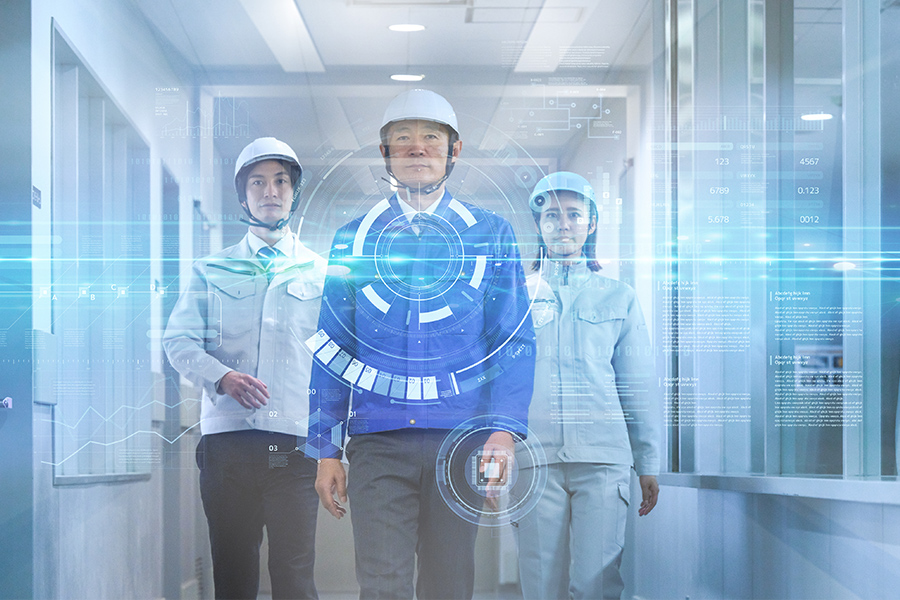
| Please click here for a detailed explanation of the Bio-IDiom KAOATO face recognition package software, including an overview, what it can do, and the fields of application for face recognition. About Bio-IDiom KAOATO |
|---|
The Bio-IDiom KAOATO face recognition package software, which is equipped with the industry's top-class* face recognition engine and achieves high recognition accuracy, can be used for access control in offices and factories. Access control by face recognition can prevent unauthorized access to offices and factories while enhancing convenience.
- *The company has been ranked No. 1 multiple times in face recognition benchmark tests by the U.S. National Institute of Standards and Technology (NIST).
The results of the NIST evaluation are not an endorsement by the U.S. government of any particular system, product, service, or company.
3. What Two Risks Should Be Considered in Security Measures?
When it comes to security measures, we tend to focus on “preventing external intrusion. The IPA (Information-technology Promotion Agency, Japan) ranked “information leaks due to internal fraud” as the second most influential threat to society among information security incidents that occurred in 2019. Therefore, the following is an introduction to each of the external and internal dangers, their content and impact.
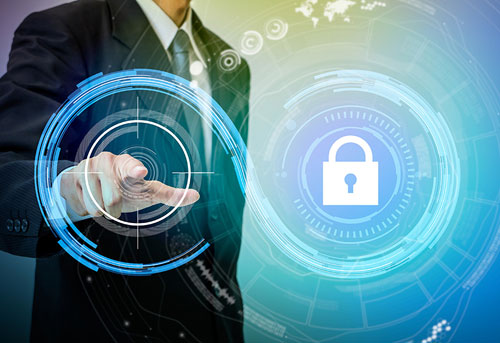
(1) External Attacks and Intrusions
There are two types of external attacks and intrusions that require attention.The first is theft due to physical intrusion. According to government statistics, there were 7,254 cases of office burglary and 799 cases of factory burglary in one year (2016). The items stolen include safes, office equipment, employee computers, confidential documents, checks and stock certificates, factory materials and parts, and many others.Another is information leakage via the Internet. There have been many cases in which data was leaked from stolen PCs and distributed on the Internet, or spyware was installed on employees' PCs and information was stolen without their permission. It is said that the average amount of damage caused by information leaks is 637.67 million yen per incident (2018), and there is no doubt that it causes significant damage to companies.
(2) Internal Fraud
Internal fraud is fraud committed by employees, former employees, or outside collaborators. A typical example is an incident in which an employee dissatisfied with the company introduced a foreign substance into a product at a factory. There are also many cases of retirees who have some kind of grudge against the company, taking customer information on USB memory sticks and selling it to competitors when they leave. There are also cases where employees of cooperating companies remotely control PCs to steal confidential information of the companies with which they do business.Looking at the causes of internal fraud, 58% of cases are due to negligence, “violating the rules without knowing them” or “inadvertently violating them. However, 42% of the cases of intentional misconduct, including “dissatisfaction with the company,” are also considered to be the cause of misconduct. It is impossible for a company not to take some kind of countermeasure.
4. 10 Office/Factory Security Measures (intrusion from outside)
From here, we will introduce five actual security measures each (10 in total), divided into the perspectives of “preventing external intrusions” and “preventing internal fraud. First, security measures to prevent external intrusions and attacks.
(1) Strict access control
Access control refers to managing the entry and exit of people and restricting access as necessary. For example, it is effective to use IC cards or facial recognition systems at building entrances and offices to identify individuals and prohibit the entry of outsiders.While PIN numbers and IC cards (employee ID cards) are commonly used as authentication systems for access control, we recommend the introduction of a biometric authentication system, which has a higher level of security. Biometric authentication is a system that authenticates individuals using their innate fingerprints, face, and other information. Among these, “face recognition systems,” which identify a person by features such as eyes, nose, and mouth, have an extremely high level of security and are now being introduced by many companies. Faces are difficult to forge and difficult to impersonate, making them highly effective in preventing crime. It is important to prevent intrusion by third parties through waterfront measures using advanced authentication systems.
|
|---|
(2) Installing Cameras
Installing cameras in areas that are vulnerable to intrusion by outsiders or in rooms where important information is handled is another important security measure. Some of the latest cameras use motion sensors to detect suspicious persons and alert the security office. It is important to use cameras with a high level of security to prevent outsiders from entering the building.Cameras can be used in conjunction with facial recognition systems to further enhance security. Only registered persons are allowed to enter, preventing unauthorized persons from entering together with registered persons.
|
|---|
(3) Installation of Detection and Alarm Systems
It is also effective to install a combination of “infrared sensors” and “lighting” to detect people. For example, sensors can detect when a person passes by and cause lights to blink, or lighting can be installed on windows and doors to intimidate people. According to a survey by the National Police Agency and the Urban Crime Prevention Research Center, about 70% of burglars give up after “five minutes. It is important to buy time to prevent break-ins, even if it is only a few minutes.
(4) Identity Authentication of PCs
PCs often store confidential information, and if stolen, can cause extensive damage. Therefore, it is important to lock the PC so that it cannot be operated by a third party. For example, a camera built into the PC can be linked to a “face recognition system” to prevent third parties from logging on. Of course, it is a prerequisite that the PCs are not stolen or lost, but it is also important to have a system that does not allow a malicious person to operate the PCs in case of an emergency.
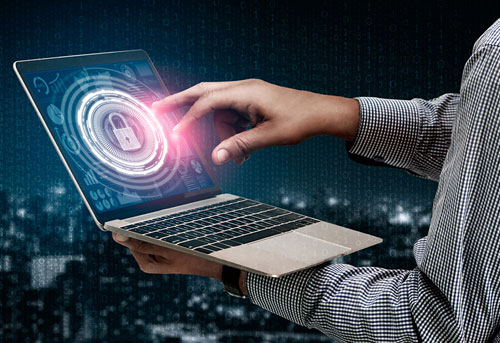
(5) Network Security Measures
There are various network security measures to prepare for attacks via the Internet.One is to prevent unauthorized access through firewalls and anti-virus software. Especially in factories, malware attacks can be launched by exploiting vulnerabilities in outdated applications and operating systems. Therefore, it is also essential to provide “patch measures” to reinforce vulnerable areas. It is also effective to divide the network into several layers so that if a virus invades, it can be confined to a specific layer.
5. 10 Office/Factory Security Measures (internal fraud)
The following are five ways to prevent internal fraud by employees and related parties.
(6) Recording Entry/Exit Data
It is said that an important point to prevent internal fraud is to “create a situation where it is difficult for a criminal to commit a crime. One of the best examples of this is the aforementioned “access control. Access control systems have the ability to accurately record the time employees enter and leave a room, as well as to determine “when, in which room, and who is in the room. In other words, even if an employee commits fraud, a clear record is kept. In order to deter internal fraud, it is important to strictly control daily access control.
(7) Strict PC Management
It is also important to manage PC log-on status as strictly as possible to prevent personal information from being taken outside.For example, NEC offers a service called “Face Recognition Logon Set,” which keeps employees logged on as long as their faces are recognized by the PC, and automatically locks the PC when they leave their seats and move away from the PC. This prevents a third party from logging on, and also deters unauthorized behavior by the employee.Physical measures such as attaching a wire to the PC to prevent it from being taken out of the office or attaching a peep-proof filter may also be effective in preventing unauthorized access.
(8) Server Network Access Restrictions
Server/Network Access RestrictionsIt is also important to restrict access to the server or network itself where data is stored. For example, confidential information that is related to management can be password-protected so that only certain executives and employees can access it. If access itself is prevented, unauthorized removal of information by employees can also be prevented.There is also a risk that data may be stolen by a third party when accessing the company network from a public wireless LAN. Therefore, it is necessary to take measures such as requiring encryption of communications by VPN for access from outside the company.
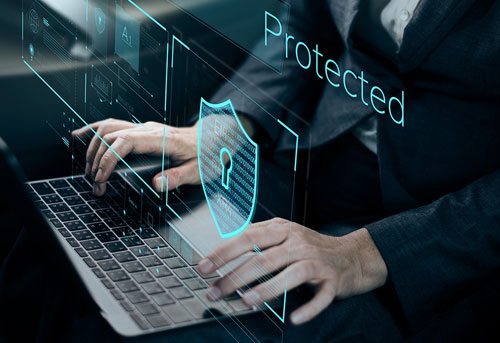
(9) Paper Log Management
Although the office is becoming increasingly paperless, there are still many cases where information is taken out of paper documents. Therefore, it would be effective to introduce a system that can manage the printing history of the printing machine. If a log is kept showing “when, by whom, and what kind of material was printed,” it will deter the easy printing of confidential information.
(10) Restrictions on Taking Information Outside the Company
It is also important to establish rules to prevent confidential information from being taken outside the company.There are two major aspects to this. The first is to enforce the rules for employees while they are still in the company. For example, prohibiting the use of USB memory sticks and private PCs within the company, and requiring employees to have permission to take company PCs outside the company.Another aspect is to ensure that information is not taken out of the company by departing employees. It is not uncommon for customer information to be taken out of the company by retirees who are dissatisfied with the company. Therefore, it is important to sign a non-compete agreement with departing employees to prohibit them from taking confidential information out of the company.
6. What are the Key Points of Security Measures?
The following are four points to keep in mind when implementing security measures.
(1) Start with an Inventory of Assets
The first step in implementing security measures is to take inventory of the assets to be protected by the company. For example, let's consider access control. For example, consider an access control system: “A high-security facial recognition system should be used in the server room or document room where confidential data is handled,” or “A simple IC card authentication system should be installed on other office floors. Once the assets to be protected and the priority level are known, it will be easier to consider countermeasures.
(2) Start Small and Incorporate
It is difficult to suddenly and drastically raise the security level of an entire company. Therefore, it is important to start small and take action in areas that have high priority. For example, “First, we need to reinforce the weak points in the control system,” or “We are constantly receiving unauthorized logon attempts on PCs, so we are going to introduce facial recognition. Gradually increasing the overall security level should make it easier to implement measures.
(3) Proceed with the Cooperation of Employees
The cooperation of employees is essential for thorough implementation of security measures. For example, if you establish new rules for taking data out of the office, be sure to publicize and inform employees about them.Also, different departments may have different views on security.
For example, in a factory, the information system department and the control system department are in charge of different areas, so there may be conflicts of opinion regarding countermeasures. In such cases, the company needs to coordinate opinions from the perspective of overall optimization and proceed in such a way that no conflicts arise.
(4) Combining Tools to Increase Security Strength
Security tools can be combined to increase security. In the case of access control, a face recognition system by itself is sufficient to provide a high level of security. However, the combination of authentication tools such as IC cards and chameleon codes (bar-coded employee information) can further improve the accuracy of authentication. Such “double authentication” will further increase the level of security in offices and factories.Click here for an overview of the Bio-IDiom KAOATO face recognition package software, what it can do, and fields of application for face recognition.
|
Please click here for a detailed explanation of the Bio-IDiom KAOATO face recognition package software, including an overview, what it can do, and the fields of application for face recognition. Here we explain in detail why face recognition is chosen for access control and why Bio-IDiom KAOATO is chosen in particular. |
|---|
7. Summary
It is important to select the best security measures according to the company's current situation and issues. However, there are a wide range of measures that need to be taken, and many people may not know where to start. NEC Solution Innovator offers a wide range of security measures, including Bio-IDiom KAOATO, a face recognition package software that uses the NeoFace face recognition engine, which boasts the world's No. 1* rated, we offer a variety of security tools to meet your needs. If you have any questions about security measures, please feel free to contact us.
Click here to contact us about face recognition system and Bio-IDiom KAOATO.
- *
 No. 1 in face recognition benchmark testing by the U.S. National Institute of Standards and Technology (NIST) multiple times to date. (Japanese text only)
No. 1 in face recognition benchmark testing by the U.S. National Institute of Standards and Technology (NIST) multiple times to date. (Japanese text only)
NIST evaluation results do not constitute an endorsement by the U.S. government of any particular system, product, service, or company.
